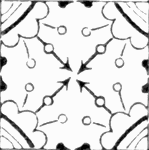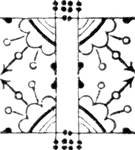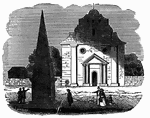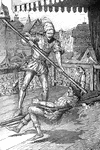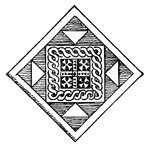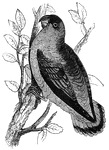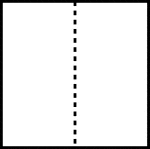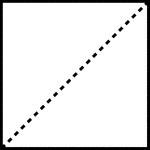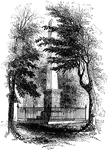
Knots
Reef knot or square knot. Note: the loop of a knot is called the "bright." The "standing part" of the…

Toy Windmill
"Make a toy windmill as follows: take a square piece of strong, stiff, writing paper and from each corner…

Osirid Pier
In several Egyptian temples there are square or rectangular piers fronted with colossal sculptured figures…

Triglyph
A triglyph is an ornament on a Doric frieze, consisting of three square projections, or parallel nicks,…
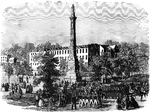
Pulaski Monument
"Review of Confederate troops on their march to Virginia, in front of the Pulaski Monument, Monument…

Steamer Alabama
"The Confederate privateer steamer Alabama (290). Captain Raphael Semmes. Our illustration…
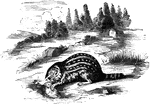
Leopard Spermophile
"The leopard spermophile is one of the most beautiful of all striped species of spermophile. It resembles…
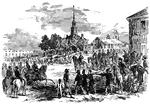
Kentucky Raid
"The raid in Kentucky- the Confederate Morgan with his guerillas bivouacking in Courthouse Square, Paris,…

Confederate rams
"Confederate rams from Charleston Harbor attacking the Federal blockading squadron, January 31st, 1863.…
!["Presentation of colors to the Twentieth United States [African American] Infantry, Colonel Bartram, at the Union League Clubhouse, New York, March 5th, 1864. The Twentieth Regiment, United States [African American] Troops, left Riker's Island at nine o'clock on the 5th of March, 1864, on board the steamer <em>John Romer</em>, and were conveyed to the foot of Twenty-first Street, East River, New York, where they were disembarked and formed in regimental line, and marched to Union Square, arriving in front of the Union League Clubhouse at one o'clock. A vast crowd of citizens, of every shade of color and every phase of social and political life, filled the square and streets, and every door, window, veranda, tree and housetop that commanded a view of the scene was peopled with spectators. Over the entrance of the clubhouse was a large platform, ornamented with flags and filled with ladies. In the street was another platform, tastefully decorated and occupied by prominent citizens. From the stand the colors were presented by President King of Columbia College, who addressed them with warmth and eloquence. After the presentation ceremony was over the men stacked arms and partook of a collation provided for them."— Frank Leslie, 1896](https://etc.usf.edu/clipart/11700/11749/presentcolor_11749_mth.gif)
Presentation of Colors
"Presentation of colors to the Twentieth United States [African American] Infantry, Colonel Bartram,…

Millen Prison Pen
"The Prison Pen at Millen, Ga., as it appeared previous to the arrival of General Sherman's Army. Our…
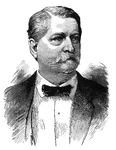
General Winfield Scott Hancock
"General Hancock, born in Montgomery Square, Montgomery County, Pa., February 14th, 1824; died on Governor's…
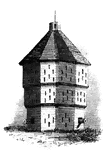
Fort Plain
Fort Plain block-house. There is considerable confusion in the accounts concerning Fort Plain, for which…

Chambers
Appearance of the chambers. The miners, when they branch off from the main shaft or avenue, leave pillars…
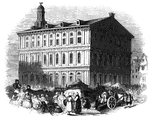
Faneuil Hall
"Faneuil Hall has been denominated 'the cradle of American liberty,' having been the popular gathering-place…
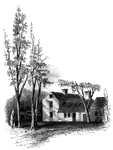
Clark's House
"Clark's House, Lexington. This building was standing when I visited Lexington in 1848. It was built…
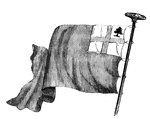
New England Flag
"The New England flag. This is copied from an old Dutch work, preserved in the library of the New York…

Providence Tavern
"Old Tavern in Providence. This view is from the market, looking north. The building stands on the east…

Mrs. Falls'
"Mrs. Falls'. This house, now (1850) owned by Mr. Samuel Moore, is a frame building, and stands on the…
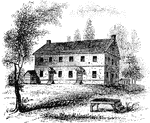
Friends' meeting-house
"Friends' meeting-house. This view is from the shed in the yard, looking southeast. The building stands…
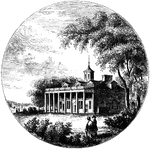
Mount Vernon
"Mount Vernon. This view is from the lawn in front, looking down the Potomac. The mansion is built of…
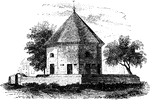
Old Magazine
"The Old Magazine. This view is from the square, looking southeast. South of it is a neat frame building,…
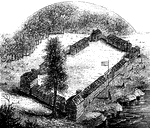
Boone's Fort
"Boone's Fort. This sketch is from a drawing by Colonel Henderson, and published in Collin's Historical…

Washington's Quarters
"Washington's Quarters. This is a view of the southwest front of the mansion. The room occupied by Washington…
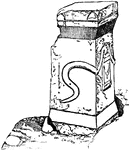
Greek Altar
"Round, triangular, or square in plan, often elaborately adorned with sculpture, and bearing inscriptions."-Whitney,…

Four-Spotted Beetle
"Smallish insects, generally of a black color, with the elytra rather shorter than the body, which is…
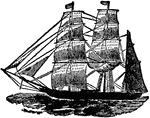
Bark
"A Bark, or Barque, is a three-masted vessel of which the foremast and mainmast are square-rigged, but…
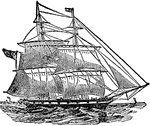
Brig
"A Brig, (contracted from brigantine), is a vessel with two masts, square-rigged on both."—(Charles…

Abacus
An abacus is denoted primarily a square tablet of any description, and was hence employed in the following…
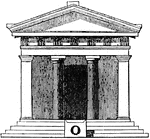
Antae
"Square pillars, which were commonly joined to the sidewalls of a building, being placed on each side…

Antae
"Square pillars, which were commonly joined to the sidewalls of a building, being placed on each side…
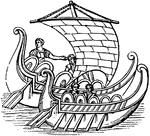
Antenna
"The yard of a ship. The ships of the ancients had a single mast in the middle, and a square sail, to…
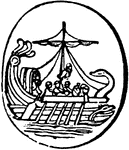
Antenna
"The yard of a ship. The ships of the ancients had a single mast in the middle, and a square sail, to…
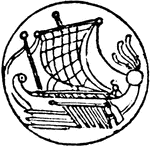
Antenna
"The yard of a ship. The ships of the ancients had a single mast in the middle, and a square sail, to…
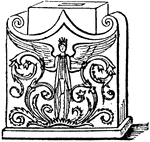
Ara
"An alter. Ara was a general term denoting any structure elevated aove the ground, and used to receive…

Rhinoceros Bicornis
"Rhinoceros Atelodus, with two well-marked species, peculiar to Africa. Incisors rudimentary or wanting,…
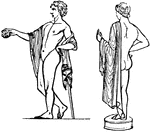
Chlamys
"A scarf, denoted an article of the amictus, or outer raiment of the Greeks. It was for the most part…
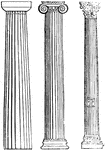
Columna
"A pillar or column. The use of the trunks of trees placed upright for supporting buildings, unquestionably…
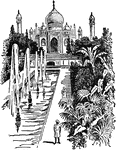
Taj Mahal
"The Taj Mahal, or Mehal, ('Gem of Buildings'), is a famous mausoleum, erected at Agra, India, by Shah…
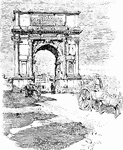
Arch of Titus
"In the time of Trajan, the Arch of titus and the Colossus of Nero (a gilt bronze statue 120 feet high),…
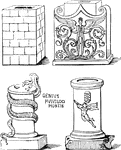
Altars
"Altars were either square or round. Specimens of both kinds are here given from ancient sculptures."…
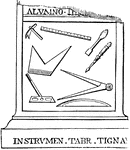
Norma
"A square used by carpenters, masons, and other artificers to make their work rectangular. It was made…
